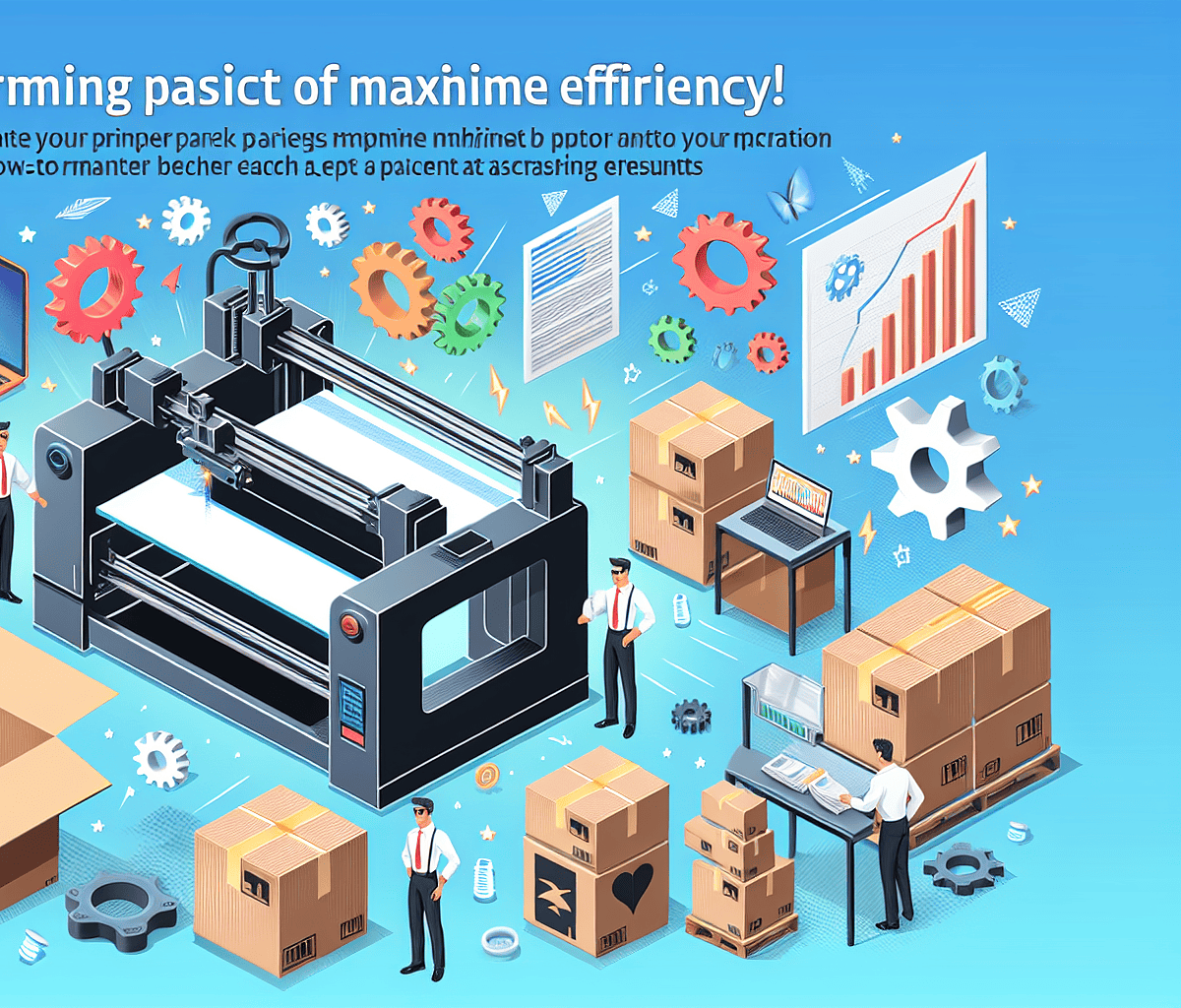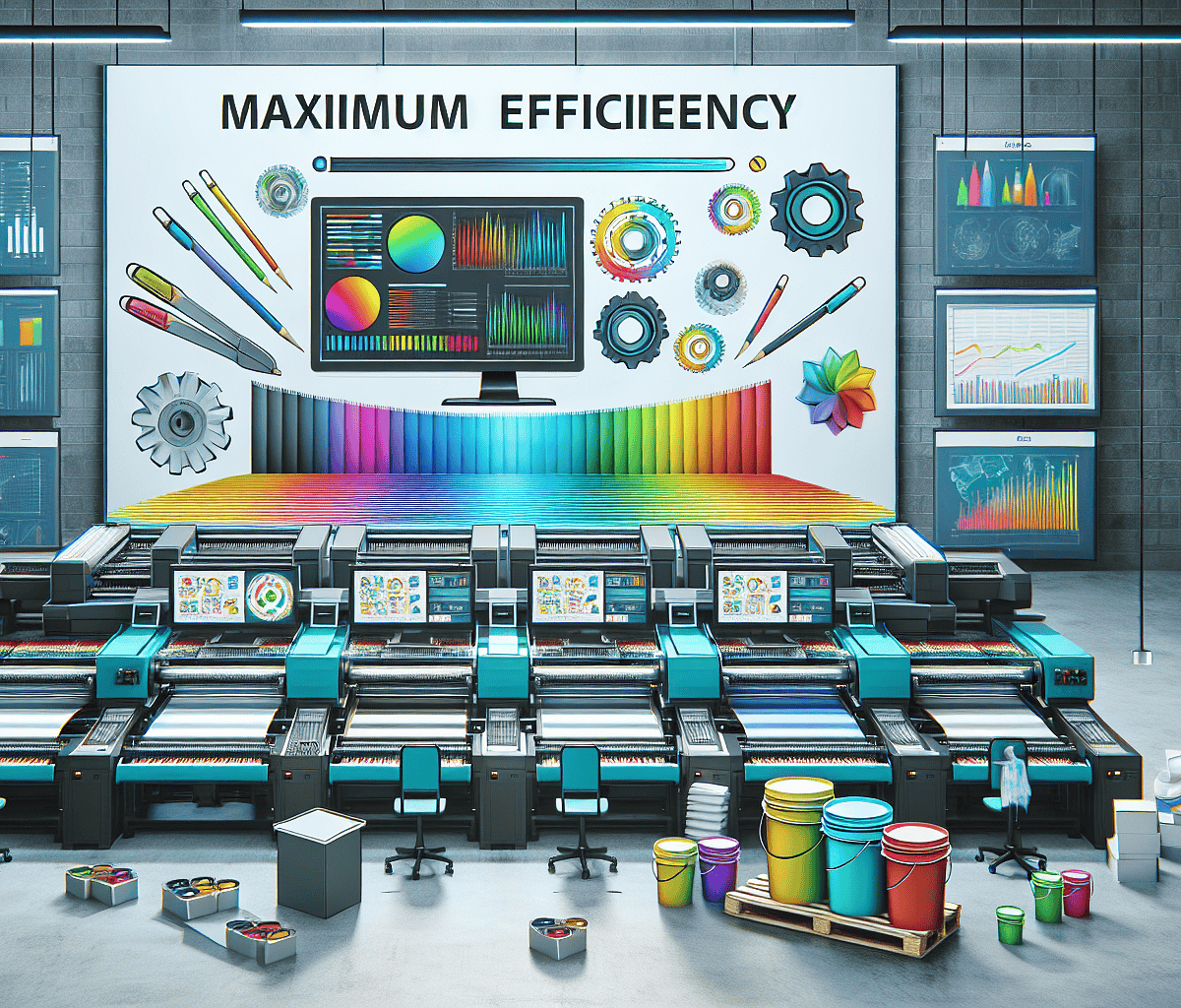Understanding your current printing fleet
There printing fleet management actively modernizes corporate printing infrastructure. Understanding your fleet allows you to optimize costs, improve workflows and streamline processes. Traditional printing is gradually giving way to innovative solutions, such as 3D printing in a hospital environment and the model “as a service”. This revolution carries the promise of increased flexibility and improved performance.
3D innovation in the service of health
The integration of the3D printing in the hospital environment represents a real leap forward. The CO’Lab 3D platform is an eloquent example, offering almost unlimited possibilities for the manufacture of personalized surgical tools, tailor-made prostheses, or even anatomical models for better preoperative planning. Healthcare professionals are now able to provide even more precise and tailored care, thanks to 3D printing technology that integrates harmoniously into their daily practice.
Discover concrete and inspiring applications of this revolution in the health sector by consulting the achievements of the CO’Lab 3D platform, a thriving source of medical innovation.
The emergence of “as a service” printing
The trend towards greater consumption economical and ecological catalyzed the emergence of “as a service” printing. This model allows businesses to benefit from a printing service tailored to their needs without requiring the purchase of expensive equipment. This is an advantageous solution for companies keen to stay a step ahead technologically, while controlling their budget.
Rental of printers and management solutions print flow thus becomes a strategic asset; it avoids massive investments while ensuring the availability of state-of-the-art equipment — an ideal formula for industry leaders who prioritize flexibility and operational excellence.
Explore the benefits of printing “as a service” for optimal management of your printing fleet and for a smooth transition to more sustainable and innovative practices.
Build your own 3D printer farm
For companies considering increased internal production, equip themselves with a 3D printer farm becomes an attractive option. NES and its exceptional fleet of 150 machines perfectly illustrate this trend. This configuration is ideal for large-scale production, whether prototypes, finished products or spare parts.
By setting up such a network, companies can not only reduce their production costs but also integrate a circular economy logic by reusing materials and manufacturing locally, thus limiting the environmental footprint. Learn more about NES and how such infrastructure fits into the heart of industrial and technological innovation.
In conclusion, understand and optimize your printing fleet today with technologies such as 3D printing and “as a service” models, can radically transform the performance and sustainability of your business operations. Whether you choose to innovate, reduce costs or improve efficiency, these solutions lead the way to a future where flexibility and adaptability are the key words of print fleet management.
Evaluate the real printing needs of your business

In the digital age, paper document management remains a crucial component of business life. However, the efficiency and profitability of your printing operations requires meticulous analysis. Let’s start with an understanding of the importance of IT (Information Technologies) in the ecosystem of a modern society. They form the backbone supporting both your printing systems and your communication, archiving and document management devices.
THE cost of printing can quickly become a bottomless pit if not scrutinized carefully. This is the reason why the identification of hidden costs is essential. It allows you to refine service and maintenance contracts in line with your real needs, thus avoiding unnecessary expenses and optimizing printing fleets.
To select a suitable printing fleet, it is not only necessary to evaluate the printing volume but also to understand the different types of photocopiers available. Indeed, between multifunction models, laser or inkjet printers, each device has advantages and disadvantages in terms of cost, print quality and functionalities.
Furthermore, the analysis of embedded systems market in real time offers an overview of the most recent solutions, conducive to optimal integration into your processes. Brands like Renesas Electronics or STMicroelectronics, to name a few key players, offer innovative technologies that can influence your choice of equipment.
Your company must therefore consider several areas in assessing needs:
- Print volume : Estimate the quantity of documents printed monthly.
- The functionality : Determine if advanced features like scanning or network connectivity are required.
- Total cost of ownership : Include not only the purchase price, but also the operation and maintenance expenses.
- Durability and reliability : Prefer robust devices that are less prone to failure, for minimal interruptions.
- Technical support and after-sales service : Ensure the responsiveness and quality of support from your supplier.
- The ecological impact : Opt for environmentally friendly printing solutions.
Ultimately, thoroughly understanding and assessing your printing needs are the precursors to a IT governance efficient, conducive to better allocation of resources and optimization of workflows. A structured and thoughtful approach will allow you to optimize not only the management of your printing fleet but also to support your company’s performance and sustainable development objectives.
Choose the equipment adapted to your requirements

In the current professional context, equipping your business with an efficient and suitable printing infrastructure is an undeniable necessity. The success of this approach is based on a precise assessment of needs and the selection of corresponding equipment, a process which, carried out meticulously, generates significant added value for all daily activities.
Understanding Your Printing Needs
To begin, it is imperative to understand your printing needs specific. These vary depending on the size of your business, the volume of printing jobs and the nature of the documents required. A careful assessment will determine whether you require single printers, multifunctions, digital presses or large format printing solutions. Also include analysis of your requirements for print quality, speed and additional features such as scanning, copying or faxing.
Optimization of Costs and Maintenance
The financial aspect is a critical element in the printing fleet management. Evaluate direct costs such as purchasing equipment and indirect costs such as maintenance, consumables and energy. Weigh the pros and cons of purchasing versus leasing equipment, considering tax benefits and upgrade options. A solid maintenance strategy will ensure the longevity and performance of your fleet, while reducing service interruptions.
- Calculate the cost per page for each device considered.
- Review the service and maintenance contracts offered.
- Consider ease of repair and availability of parts.
- Evaluate the durability and energy efficiency of models.
Technology and Integration in the Work Environment
Choosing printers that fit seamlessly into your technology environment is essential. Devices should be compatible with your operating systems and integrate easily into your corporate network. Modern connectivity features such as WiFi, Bluetooth and remote printing are now essential and contribute to a better management of print workflows. Also consider fleet management software which can make it much easier to track and optimize printer usage.
Ecological Considerations
Ecological awareness is an aspect increasingly taken into account in the choice of printing equipment. Environmentally friendly printers, certified by labels such as Energy Star or Blue Angel, help reduce your company’s carbon footprint. Furthermore, evaluating recycling options for ink and toner cartridges is a responsible approach aligned with the values of the company attentive to its social responsibility.
Supplier Support and Reliability
The choice of supplier is decisive, because they provide after-sales service and technical support. A reliable partner will offer solid guarantees and rapid assistance in the event of a breakdown. Check the provider’s reputation, service availability, and reviews from existing customers. By choosing a local supplier, you will benefit from a more personalized and potentially faster service, essential when your business depends heavily on your printing tools.
In conclusion, good management of your printing fleet involves a rigorous selection of equipment aligned with the ambitions and constraints of your company. A informed choice will result in long-term savings, improved productivity and the assurance of a technologically advanced and environmentally responsible working environment.
Optimizing device configuration and location

There printing fleet management is a crucial issue for any company concerned withoptimize your processes and to ensure the performance of his work chain. Proper configuration of devices, combined with their strategic placement within the organization, can significantly reduce costs and increase productivity. Follow these tips to best orchestrate your printing fleet.
Needs Assessment and Optimal Configuration
Start with assess needs specific to your business. Consider print volume, document types to be printed, and departmental requirements. Once these needs have been identified, adapt the configuration of each device. For example, for high-quality graphic prints, choose printers with high resolution. For administrative documents, choose devices that allow automatic double-sided printing, thus reducing paper consumption.
Integrate advanced features such as scanning, copying, faxing and network connectivity is also a good practice. Choose devices with an intuitive user interface, making operations simple and accessible to all employees. Some models even allow configure shortcuts for recurring tasks, gaining in efficiency and speed.
Strategic Printer Location
The choice oflocation of printers within your company should not be neglected. Opt for locations that are easily accessible for those who use them regularly. This may be close to management teams, marketing teams or any other department with a frequent need for printing. The objective is to reduce unnecessary travel and optimize working time.
Be careful, however, to maintain a balance between accessibility and preservation ofwork environment. Printers must be positioned in areas that avoid noise pollution for neighboring workstations. Also think about theergonomics : the equipment must be installed at a comfortable height, preventing fatigue and possible injuries linked to poor positioning.
Intelligent Space and Network Management
Optimizing printing fleet management also involves reflection on the spatial arrangement of equipment. Concentrating multifunction printers in central locations can improve workflow smoothness, while freeing up space for other uses. This also allows a centralization of maintenance and supplies like paper and toners, streamlining logistics and minimizing disruption.
On the network side, make sure your infrastructure is capable of supporting the load generated by printing devices. A network configuration well thought out, promoting rapid data processing and securing confidential information, is essential. The use of print management solutions can facilitate the management of print queues and the monitoring of activities, generating detailed reports for a detailed analysis of uses.
In conclusion, a optimized management of the printing fleet is a key component of operational efficiency. It requires a considered approach to the configuration and placement of devices, ensuring cost reduction and one productivity improvement. By following these tips, you can create a harmonious work environment where every resource is fully exploited.
Implementation of proactive maintenance to reduce breakdowns
Proactive Maintenance: Pillar of Business Efficiency
Effective management of a printing fleet can be the key factor in increased operational performance. In an era where the major challenge is the optimization of resources, a proactive maintenance of your equipment is essential to ensure uninterrupted continuity of documentary production. Dyalog Direct can be a catalyst in this process of simplification and optimization.
Clarity of processes and responsiveness of the maintenance system can generate a significant reduction in machine downtime, thereby eliminating downtime that is detrimental to productivity. Proactive maintenance consists of anticipating potential breakdowns and malfunctions, thus allowing predictive management of your printing fleet.
Anticipate to Reduce Costs
Anticipating technical problems that may arise with your fleet of printers and multifunction devices is essential. Preventive maintenance ensures the longevity of devices and provides the opportunity to adjust parameters for optimal operation. As a result, the organization benefits from a significant reduction unexpected costs related to emergency repairs or hasty replacement of equipment.
The Advantages of Dyalog Direct for your Printer Management
The solution Dyalog Direct was developed to offer management fluid and centralized of your printing fleet. Leveraging advanced technological tools, this platform guarantees comprehensive monitoring and proactive maintenance, ensuring that every part of the system operates consistently and efficiently.
- Remote Control and Diagnosis: Dyalog Direct teams can assess and resolve issues remotely before they become service interruptions.
- Consumables Management: Thanks to precise monitoring, the replacement of consumables is optimally managed to avoid any stock shortages.
- Detailed Reports: Regularly receive detailed reports on the condition and performance of your equipment, allowing informed decision making for possible updates.
Adopting Dyalog Direct means placing your printing fleet under the sign of foresight, resulting in reduction of expenses unexpected and productivity improvement.
Alignment with Business Objectives
The success of proactive management also lies in its alignment with the strategic objectives of the company. The efficiency and reliability of a well-maintained printing fleet directly contributes to achieving performance and quality objectives. With a robust and well-maintained printing infrastructure, the company has a solid foundation to support its daily operations and its future plans.
Indeed, proactive maintenance is part of a total quality approach, where each action carried out aims to continuously optimize and satisfy the company’s current and future printing needs.
The adoption of practices like those proposed by Dyalog Direct is a strategic investment that strengthens the company’s ability to react with agility in a competitive environment. Proactive maintenance is not an expense but a performance lever, an assurance that your printing equipment will always be ready to support your ambitions.
Certainly, the choice of an adequate solution such as Dyalog Direct underlines the importance of considering printing fleet management not as a simple line of expenditure, but as a strategic partner in the success of your business.


Leave a Reply